Design Tips for small gardens
- Joe Perkins

- Apr 24, 2020
- 5 min read
Updated: Jul 31

Where to start?
When I embark on a new design project I start by trying to identify the character of the site, what makes it different or special. This doesn’t have to be ground-breaking detective work, but it does help if you are working with the dominant characteristics rather than fighting against them.
When it comes to small gardens particularly in urban or semi-urban locations, this character is almost always partly defined by enclosure. I’ve lost count of the number of small, often new-build, gardens I’ve come across where the first thing you notice are the boundaries, the fences, the neighbours’ garage wall which form part of the boundary, or if you are lucky, the lovely old brick wall which encircles the whole space.
Enclosure doesn’t have to be bad; enclosure was desirable after all in the early islamic, monastic or medieval pleasure gardens – it mean’t protection and sanctuary from a hostile outside world.
Boundaries
My design tip for those all important and dominant features that are your boundaries are to maximise their potential. What does that mean? It means make the most of them; vertical surfaces represent opportunities to grow a great range of climbers, wall shrubs, fruit and many other types of plant depending on what you like. Evergreen scented climbers such as the Star Jasmine can, if trained correctly and placed in a sunny spot, turn your fence into a year round green backdrop with the added benefit of sweet-smelling flowers. Turning your boundaries into green walls will literally make them recede, deceiving the eye and adding a sense of depth, and so your space, whilst still enclosed, will feel bigger.
You can add architectural interest by incorporating structural elements at intervals, be those contemporary timber panels, water wall features, or simply a bench with a simple rose-covered arbour overhead. By doing this you can emphasise the ‘courtyard feel’ which for me is a great attraction of small spaces.
My only word of warning would be to choose climbers and shrubs which will happily co-exist so that you don’t end up with conflicting pruning regimes. I personally try to pair climbing roses with the late flowering group 3 clematis varieties, for example. This means that when it comes to pruning the roses, the clematis growth can be cut back out of the way, safe in the knowledge that you are not cutting back next year’s flowering shoots as you might be with a C. montana, and that the clematis will put on plenty of new growth in the coming year to give a good display. Well-planned and well-trained planted boundaries will repay you for years. Climbers take up less floor space, so give the advantages of large shrubs without restricting your opportunities for other lower level planting.
Planting
That brings me to my next tip which I hope will be useful – layering and seasonality. Using layers in planting design is a way of both adding longevity in terms of flowering interest and also visual depth.
In the small garden this is invaluable since there is such limited space. In simple terms it involves planting that will flower successionally through the year, so for example using bulbs such as snowdrops, tulips and alliums which could then be succeeded in turns by daylillies, salvia and later grasses or achillea.
Couple this seasonality with physical layers – taller or mid height perennials behind shorter varieties and low groundcover species at the front, and you will create a rich tapestry of layers over a long period. The tricky part can be to not use too many different species, especially in a small space.
Repetition through the planting can add stability and is more restful for the eye, which I think is important for a tranquil, enclosed garden.
Screening
Privacy, or lack of it, can often be a problem in a small space – especially many new build gardens where there is very little in the way of established trees and the housing is quite dense. Feeling overlooked by neighbours can ruin the enjoyment of a garden, especially if you are seeking solitude and sanctuary. The truth is it’s very hard to achieve complete privacy in this situation however there are ways to create a secret corner with well placed shrubs or improve the overall feel of a space with some tall planting.
Small trees, those which don’t grow larger than say 5-8m tall (many of the flowering cherries, crab apples and Magnolias and Amelanchier for example) can really help, even if they are placed just to block views of certain upstairs windows rather than creating a total screen for the whole garden – if you can’t see overlooking windows then it really helps psychologically to feel more secluded.
There are clever ways to use trellis screens and simple pergolas too, but this does depend on how much space you have and I think probably for the average small garden a well chosen small tree or large shrub can be the best bet. Tall, narrow plants are very useful for this. Many of the bamboos, if you like them, but choose a clump forming variety such as the Fargesias.

Surfacing
Going back to the courtyard idea – many of the smallest gardens are perfectly suited to this sort of treatment. Essentially it means making a large open entertaining area usually in the centre and, as I mentioned before, making well planned and interesting boundaries with plenty of visual interest.
The key with courtyard design is getting the proportions of the space just right – too little planting and it can feel stark and uninviting, small entertaining areas and narrow paths make it uncomfortable to use. Be generous with both, but try to get the balance right – I usually aim for at least 40% planting – and keep it simple.
Grass may not be the best solution in the smallest shadiest gardens, although good for kids, invertebrates and so birds. Paved surfaces can be made to feel bigger by using small units; so bricks and setts rather than large flagstones or insitu concrete.
There are materials to suit every style, modern or traditional, relaxed or formal. In my designs I always aim for the most sustainable choices, whether in material or method – so using recycled or local where available and trying to reduce the dependence on rigid cement-based construction techniques.
I hope these basic bits of advice will be useful. The key thing to remember is that many small spaces are often the most exciting – problems often become their own solutions if approached in the right way. Small gardens can be rewarding sanctuaries where every plant and feature plays a part in the carefully thought out whole!
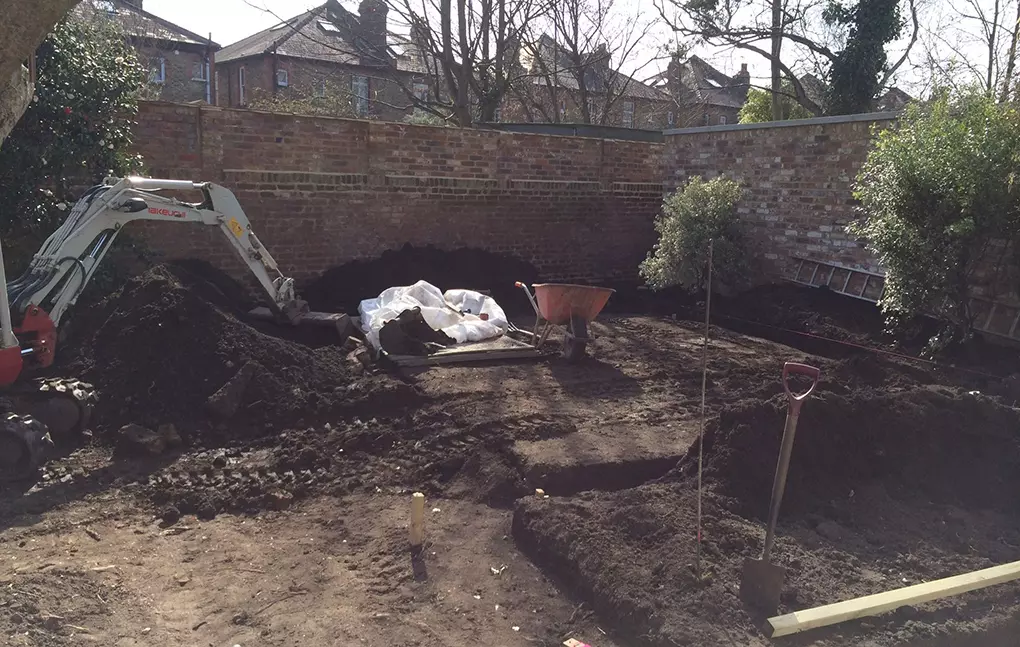
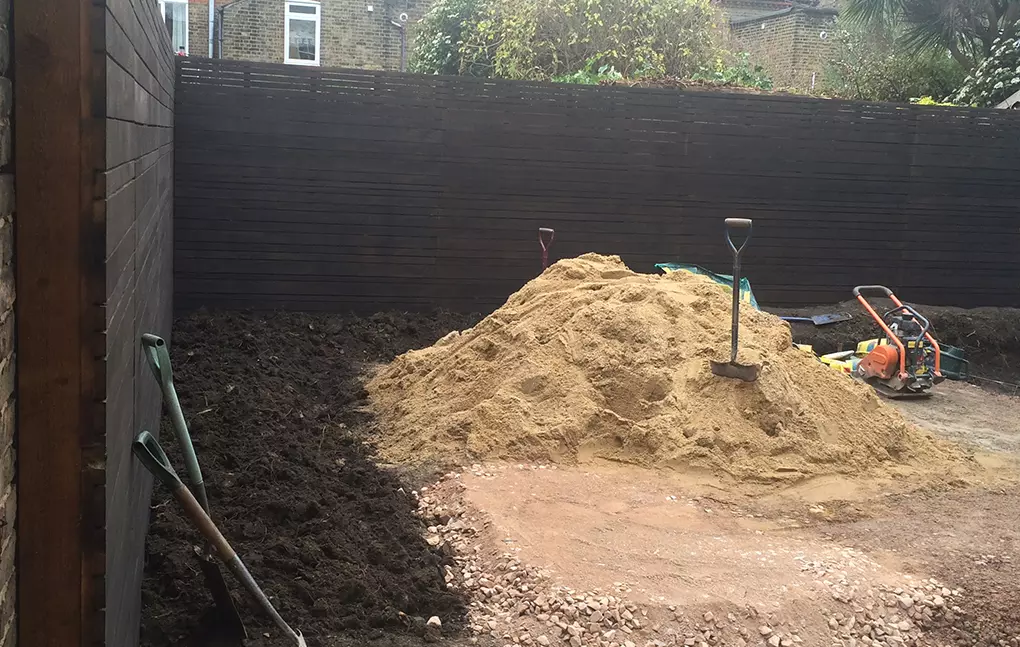


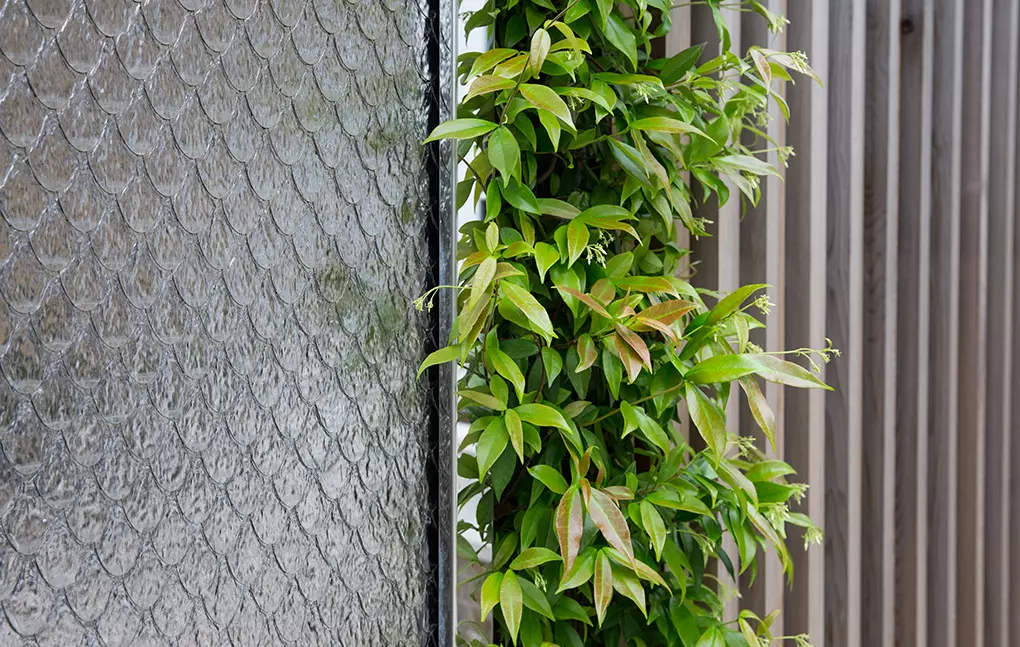
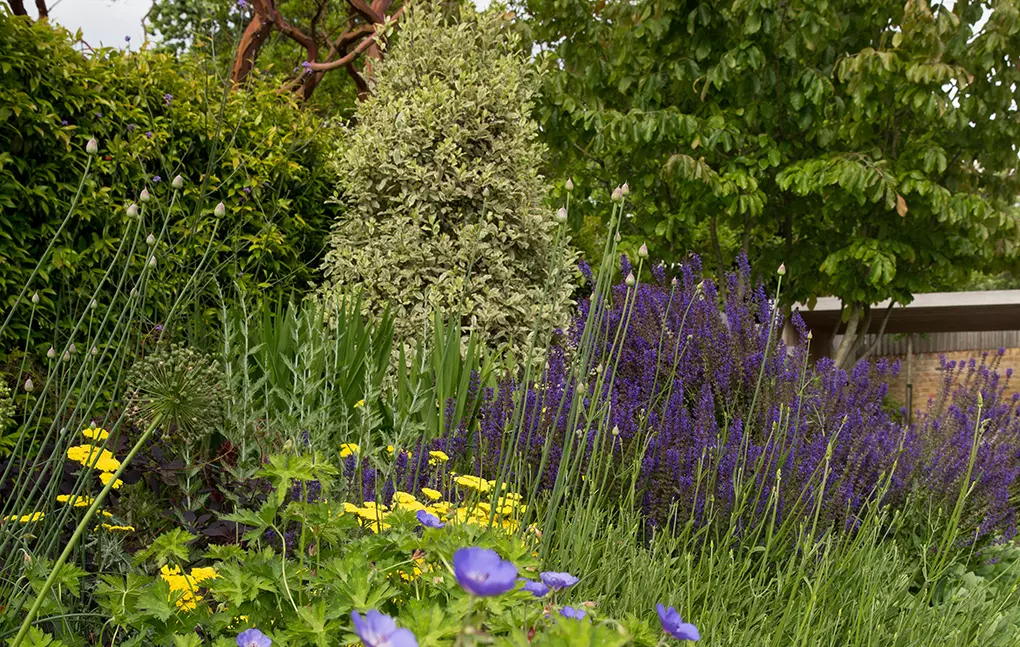
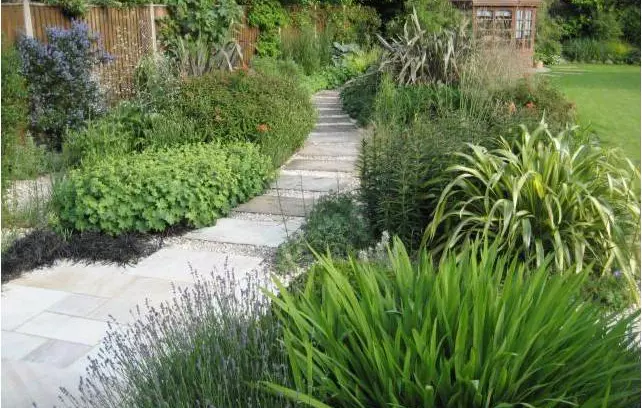
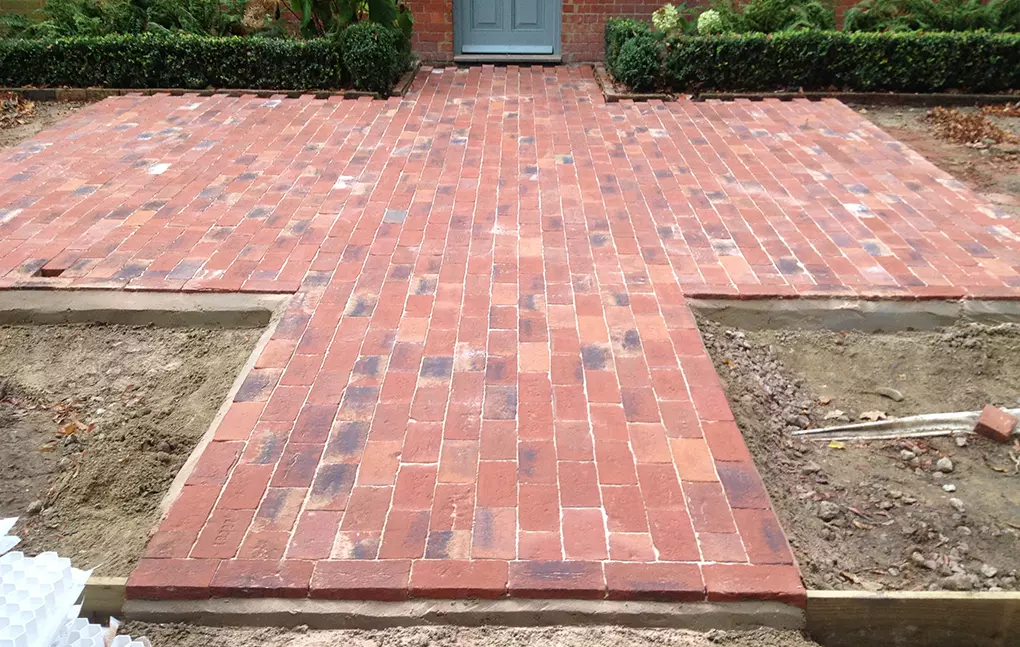
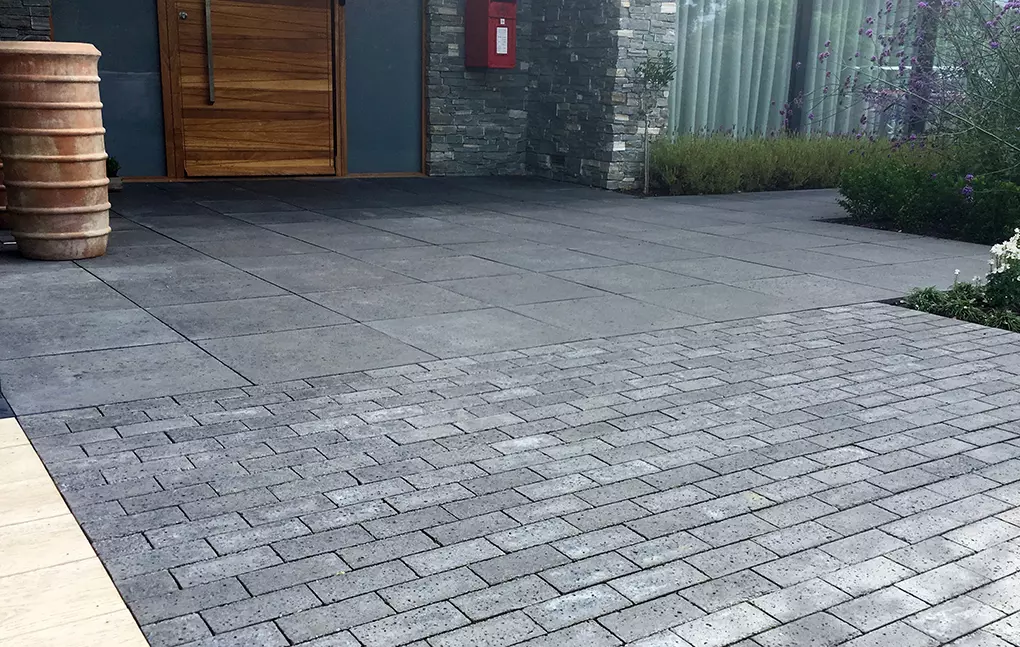



Comments